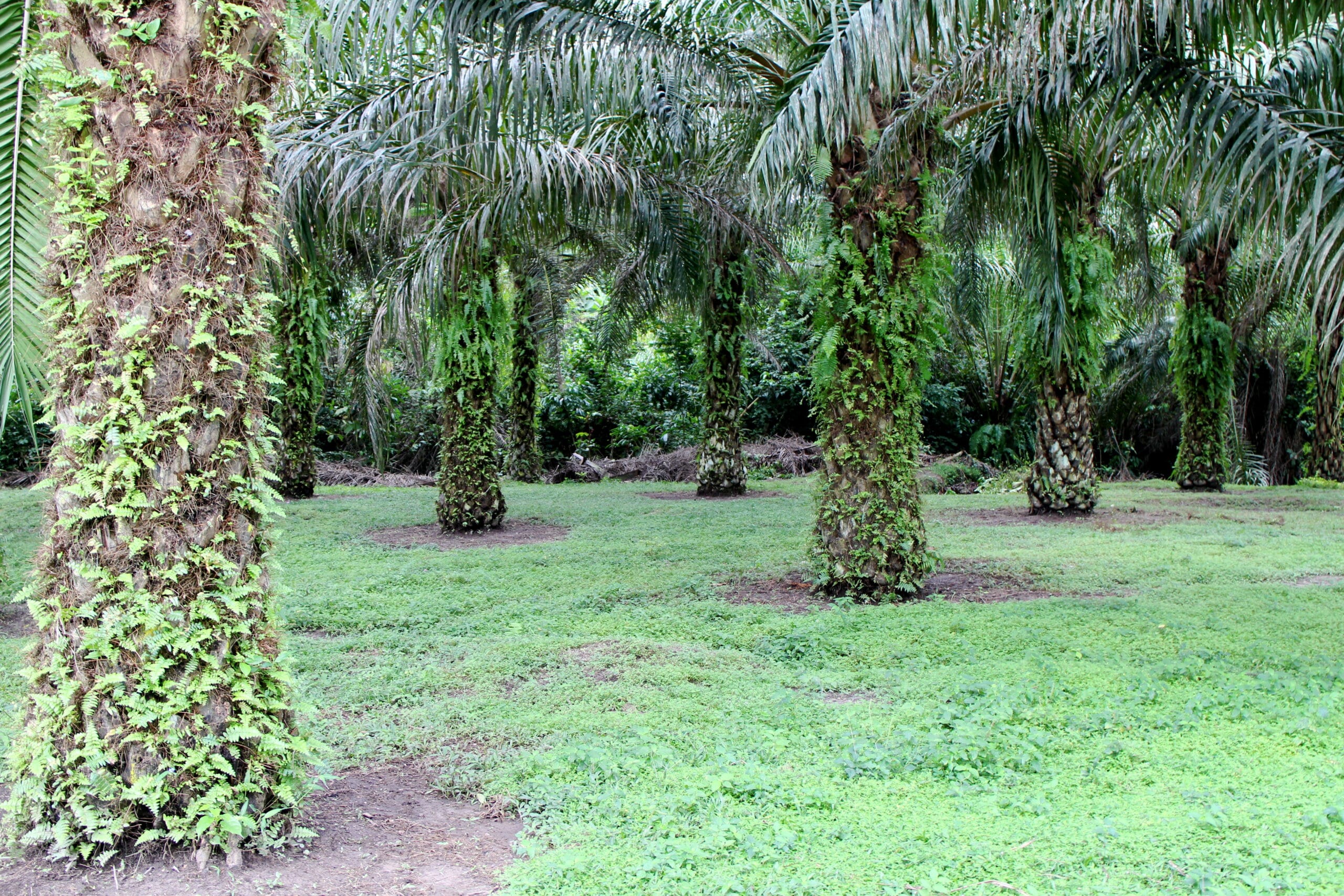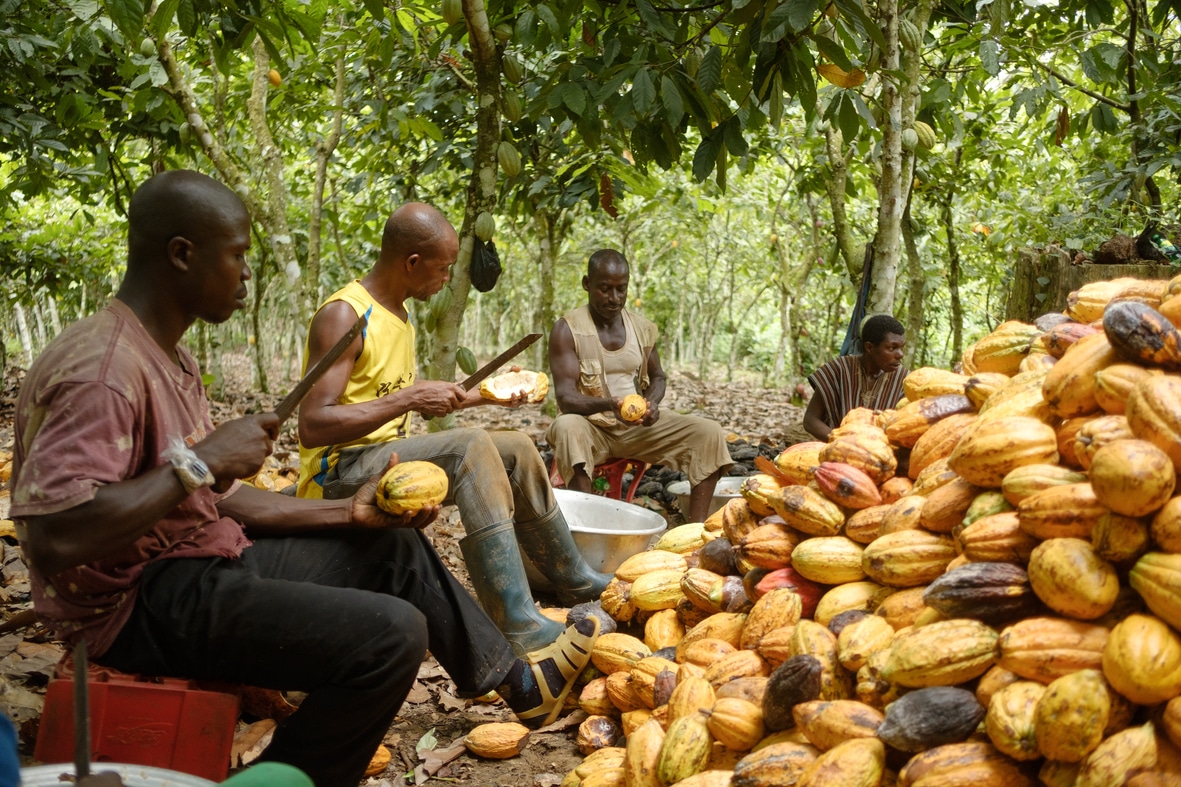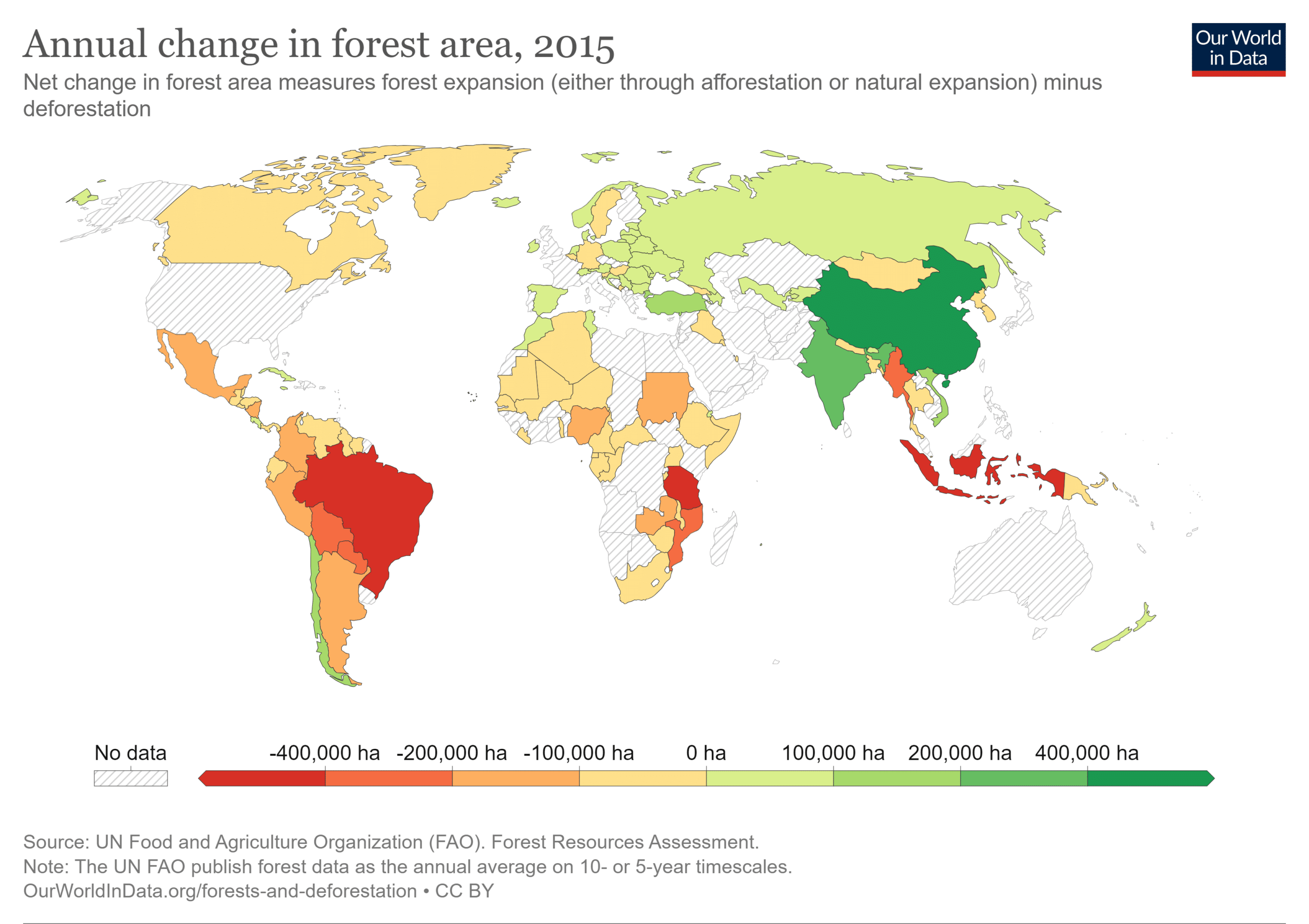Continued rapid deforestation is one of our planet’s most concerning environmental and social problems. It is closely related to all other such challenges: global climate change, loss of habitat and species, destruction of soil, and economic and social uprooting of human communities.
Table of Contents
What Is Deforestation? What’s Driving It?
Deforestation is the permanent removal of trees from a forest. By area, most deforestation occurs in tropical countries, with Brazil’s Amazonian forest, Indonesia, and Congo usually leading the chart [1]. Yet large-scale wildfires that cause deforestation may also occur in temperate forests, such as in Siberia in 2021 and 2023, spurred on by unusually dry and hot conditions. Primary rainforests are some of the most ecologically important forests on Earth—but, at least in Brazil, virtually all of them will be gone by the year 2200 at the current rate of destruction.
What’s driving anthropogenic deforestation? Mostly the conversion from forest to farmland – as practiced for centuries in Europe and North America [2]. Today, six products account for the vast majority of forest loss: livestock, oil palm, soy, timber, cocoa, and coffee. Such deforestation usually follows the same pattern: the harvesting of high-value trees followed by the burning of remaining trees, shrubs, and other biomass. The latter releases large amounts of the main green house gas carbon dioxide (CO2). If the forest grows in peatlands high in biomass, CO2 losses are even larger. The “routine” in Amazonian forests is to convert forest into pasture for beef, followed by planting of soy and often of oil palm plantations.
What Attempts Have Been Made to Stop Global Deforestation?

Global deforestation rates peaked in the 1980s. During that decade, tropical forests of the size of India were destroyed [3]. Since then, annual loss of tropical forests has dropped to one third of that peak. Meanwhile, temperate forests slowly re-expand due to reforestation.
Yet that relief is not permanent. In Brazil, during the presidency of Jair Bolsonaro (2019-22), deforestation rates again increased, largely due to illegal logging and conversion to soy production tolerated by a government committed to growth of its agricultural sector [4].
Only a fraction of destroyed forest is converted into land for subsistence farming – something Northerners with our deforestation history could hardly argue against. The majority produces crops for export into developed countries. Considering the power of importers and consumers on the extent and the practice of deforestation, governments, environmental NGOs, and even trade associations have since the early 2000s acted to curb the most destructive forms of deforestation, such as the burning of forest and soil for the setup of oil palm plantations in Indonesia. The first example has been the formation of the Round Table for Sustainable Palm Oil (RSPO), initially a collaboration between palm oil producers and environmental NGOs. It’s voluntary standards on land clearing and plantation management have now become a synonym for less destructive and socially more compatible agriculture. Driven by consumer demand, now more than three quarters of all palm oil consumed in Europe and the US comes from RSPO certified operations. Yet, globally only 20% are, suggesting that much lower rates prevail in countries with less brand and consumer awareness, notably China.
The most far reaching attempt to stop tropical deforestation is the 2023 EU Deforestation Law (EUDL). In short, it requires that, starting 2025, importers of the six dominant drivers of deforestation, cattle, timber, palm oil, soy, cocoa, and coffee commodities ensure and document that their product was grown without deforestation. It is likely that the US and other countries will follow suit in the coming decade. The EUDL has prompted the development of remote monitoring apps that allows the tracking of land use change in producing areas.
How Dr. Bronner’s Addresses the Risk of Deforestation in Sourcing Our Products

So how do we as a company address this, most notably at our small holder projects supplying palm oil and cocoa? After all, we built, since 2005, “regenerative supply chains” for all our products. To date, virtually all our palm oil and cocoa has come from small farms under organic, fair trade (Fair for Life), and recently, Regenerative Organic Certification.
These projects showcase that even “bad crops” can be produced in a social and ecologically beneficial way.
As we say: it’s not the crop – it’s how you grow it!
Combined, these three standards prohibit the conversion of forest into agricultural land. And crucially, Dr. Bronner’s encourages farmers to become part of an “internal control system.” Agricultural field officers employed by our projects regularly visit farmers to inspect adherence to the standard. We also have supported farmers with the active conversion to regenerative organic practices. One such program is the planting of mixed “dynamic agroforestry” systems. These are designed, diverse mixes of trees and short-term crops, e.g. at our Serendipalm project in Ghana, which includes cocoa, palm, and timber trees trees, plus short-term crops such as cassava, bananas, and papayas. In addition to their excellent ground coverage and biodiversity, such agroforestry fields show significantly higher yields than monocrops. This is expressed in a “land equivalent ratio” of typically 1.5 – meaning that one acre of mixed agroforestry can yield the same as 1.5 acres planted with monocultures of these same crops. Compared to current practices crop yields can be further improved through regular tree pruning and other soil and tree maintenance measures, such as applying compost and mulching.
It’s the presence on the ground that makes us so confident that our production does not decimate tropical forest. And we sure enjoy using apps that evaluate satellite photos for signs of deforestation for confirmation.
Agricultural lobbies in forest-rich countries will continue to pressure for further conversion of forest into farmland. Yet, increasing global awareness of the ties between deforestation and accelerating climate change will keep up the pressure by governments and consumers to produce in a forest-friendly manner. We have found that it is doable – even with small holder farmers that are tougher to monitor than large-scale plantations. The EUDL, not popular with importers, are a serious step in the right direction. Let’s motivate U.S. importers of tropical products to look closely at the sources of their products and ensure that they haven’t cost the life of trees. High profile brands in the U.S. Natural products industry are beginning to pay attention to the issue. We’re hopeful that the growing interest of these brands in Regenerative Organic Certified® will also direct their attention to the protection of tropical forests.
This article was written with contributions from Ute Eisenlohr, Agricultural Programs Manager at Dr. Bronner’s Special Operations Team. Ute oversees the organic certification of our key suppliers and coordinates regenerative research and development.
